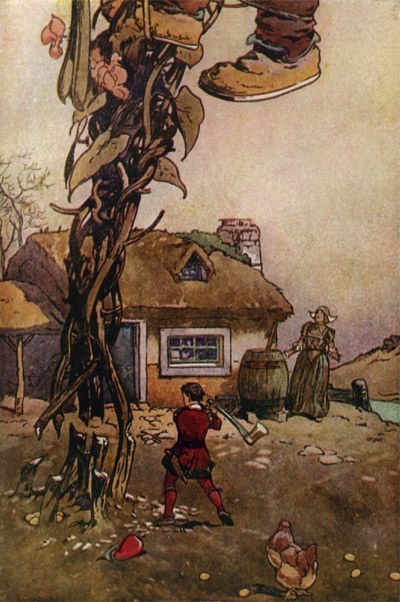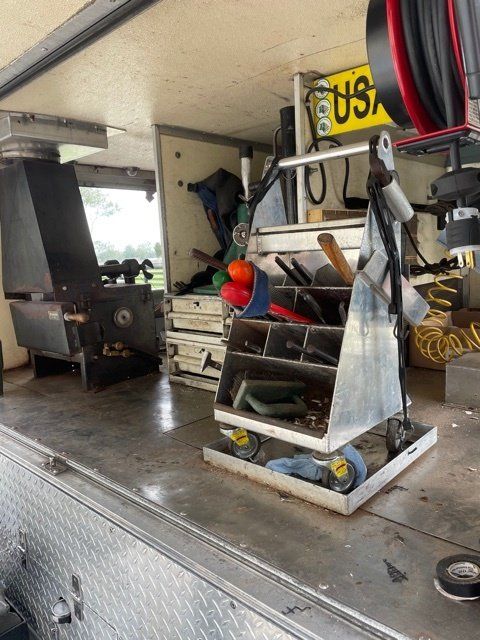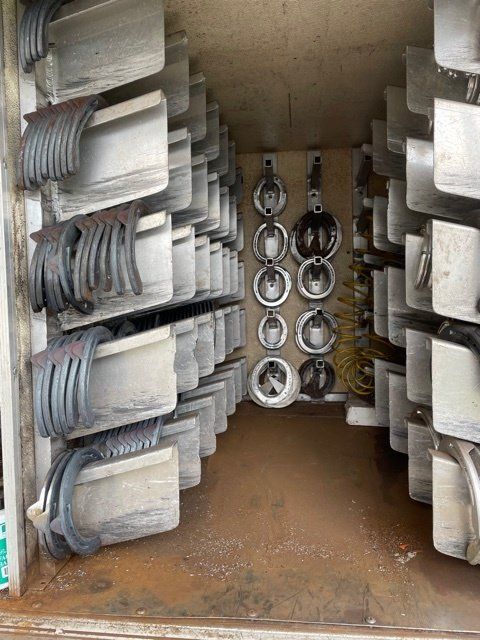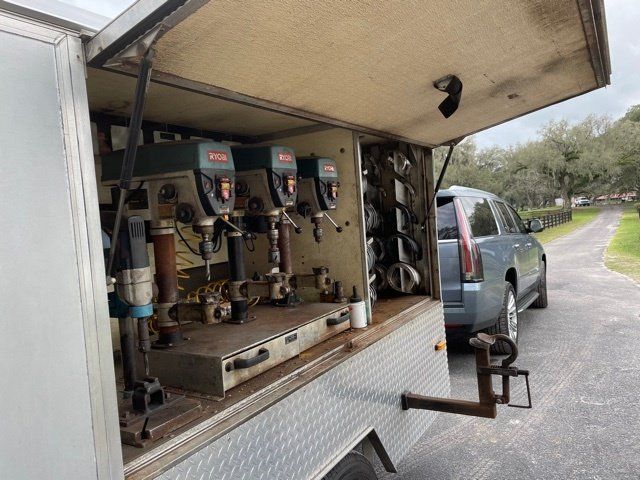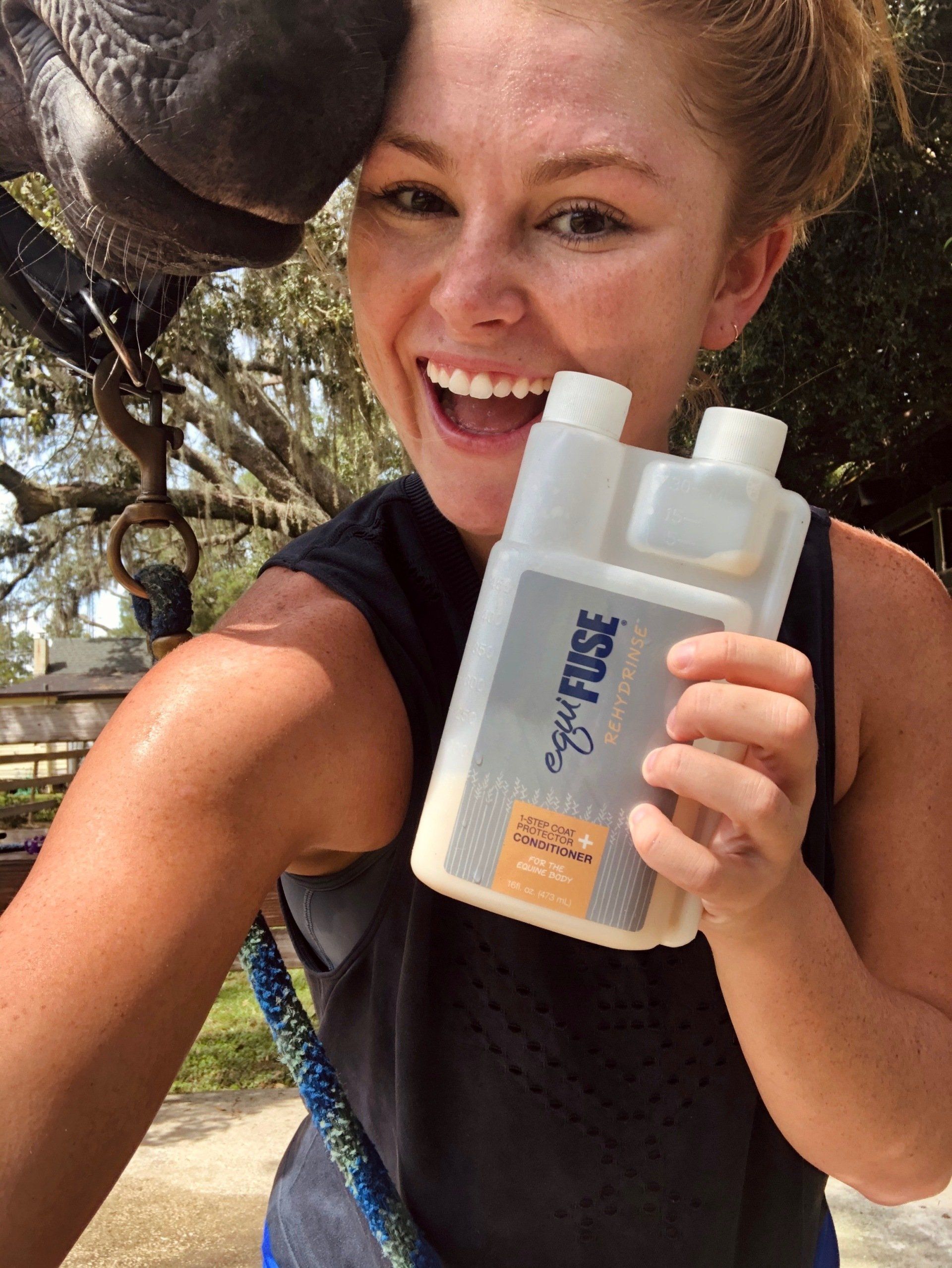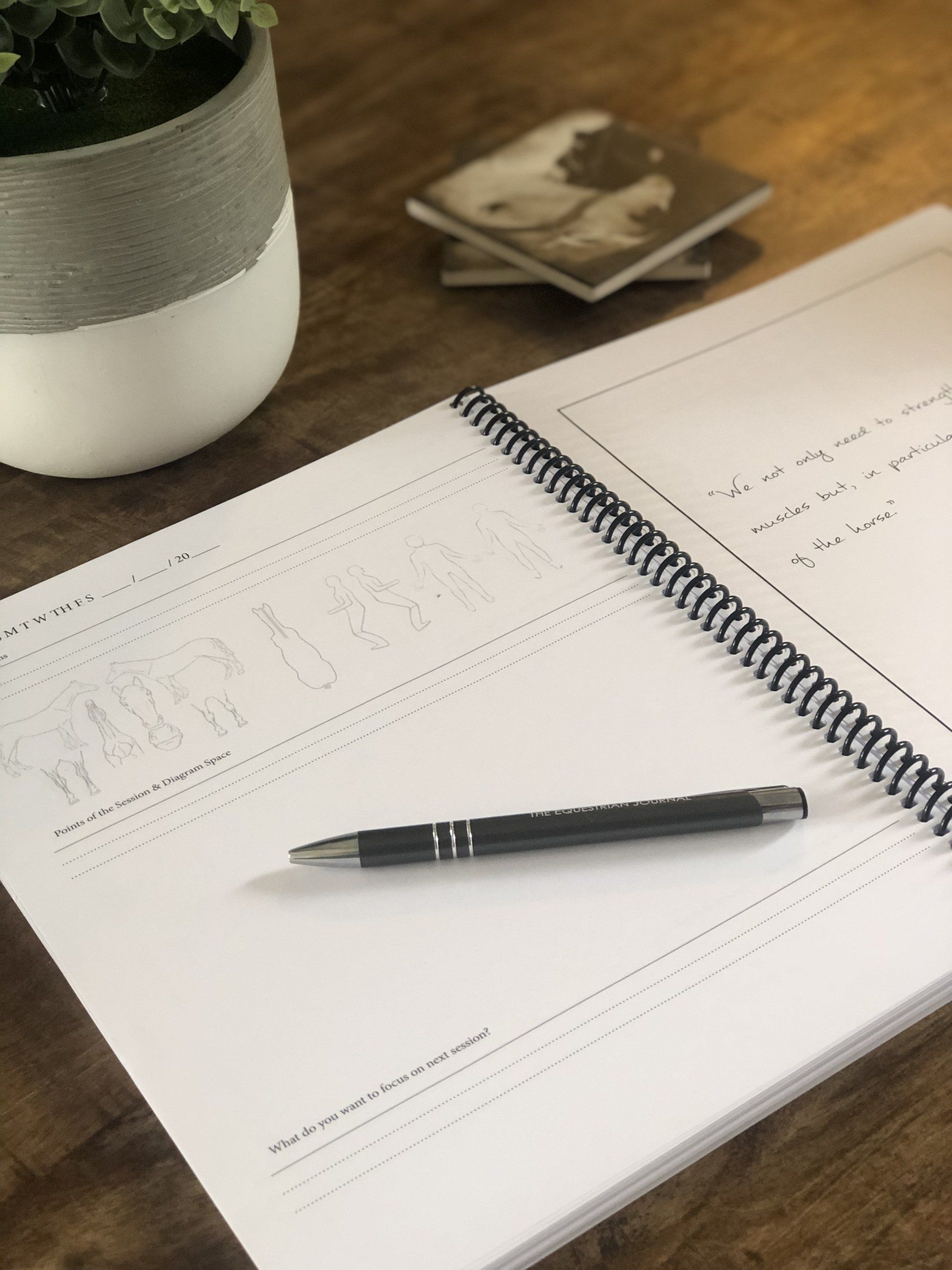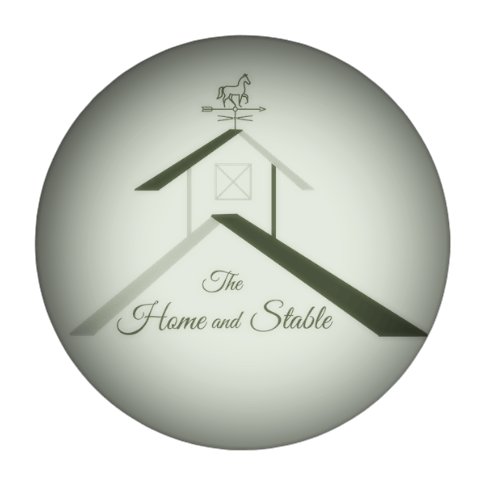HOOF, there it is!!
And By The Way, The White Line Isn't Really White...
Much like a human athlete, sport horses need a well-rounded support team. Owner, rider or driver, veterinarian, barn manager, massage therapist, magnawave provider, dentist, saddle fitter, bridle fitter, bit fitter…short breath…nutritionist and FARRIER!!!

Early in my career, I thought of my farrier as the guy who came every 6 weeks to trim my horse’s toes and let me know if my thrush medicine was working. I’m embarrassed to tell you this but I’ve come a long way. I’ve had the good fortune to be around great farriers like James Gilchrist down in Wellington FL and Tom Holst out of the Tampa area. I’d like to introduce you to Tom, and share with you the questions I wanted to ask a farrier but was too embarrassed and recognize one of the key elements on my horse’s team.
Tom has been a horseshoer to the stars and regular people like us for a number of years. His journey has taken him from Iowa to Florida with stops around the world. He has been the US representative farrier at international shows and has been an avid four-in-hand participant himself. Tom has been responsible for Diane Morrison’s Nations Cup Gold Medalist dressage horse Dee Clair as well as such four-in-hand stars as Misdee Miller, Chester Weber and Tucker Johnson.
Recently, I pulled up a step stool to watch Tom shoe Dee Clair. Understanding his perspective on the role of a farrier and gaining insights as to what he would want our readers to know was my mission.
From the outset of our conversation, it was clear that Tom considers himself a critical aspect with the complete health of the horses that he shoes. I appreciate that he will ask an owner “how’s your horse been going?” He’s not just interested in any foot or hoof issue or just making small talk. Any aspect of the horse’s general health, recent training issues, or updated competition goals is what he is looking for. These all play into how the feet look on any given day, how they impact performance, and guide him as he does his part to maximize your horse’s performance.
With a nod to patient confidentiality, we talked about thrush and the impact of horses who stay outside all night, some of his proudest moments, and “If a horse is off on all four legs, does that make them sound?” This really made me laugh but it is interesting how some horses can be off a little but with corrective shoeing, they maintain their role in a high-performance arena.
Since my conversation that day, I’ve wondered how many people are never present when their horse is shod and don’t update their farrier as they might their veterinarian. I realize now that past issues I’ve had with my horses that could have been resolved sooner by sharing with my farrier. For example, the lameness my horse had for 2 weeks which included a large vet bill could have been earlier attributed to a possible abscess. Or my horse’s non-shiny coat…while I was trying all manner of solutions, my farrier could have been insightful about a nutritional issue based on what he saw as my horse’s feet grew out. Finally, in the world of sport horses, understanding shoeing impacts in a high-performance world requires that all members of your team are in sync.
In the future, we will be continuing hoof education with Tom on a regular basis under our Stable Recipes tab on the website. We look forward to sharing our stories, your stories and everything in between.
In the meantime, take a look at Sunday on the Farm by Hall of Fame farrier Bruce Daniels or these social media outlets. We’d recommend a Like or a Follow!
EDUCATIONAL WEBSITES
•American Farrier's Association YouTube Channel
•The Horse - Since 1995, The Horse: Your Guide To Equine Health Care has been essential reading for responsible horse owners and caretakers. Written for hands-on owners and managers of any breed or discipline and overseen by a board of the American Association of Equine Veterinarians (AAEP), this monthly publication provides current, understandable, and practical equine health care information on equine health, care, management, and welfare.
•
Practical Horseman Hoof Care - Learn more about common hoof problems and hoof-care procedures to ensure your horse has healthy, strong hooves for long-term soundness.
• Anatomy of the Equine - By using a variety of modalities to learn the anatomy of horses including carefully dissecting, diligently photographing and then identifying all of the structures; this allows us to visualize and understand the inter- relationship between the structures.
•Life Data Labs YouTube - Short educational videos on treating thrush, dealing with abscesses, feeding for optimum hoof health, addressing hoof cracks, and much more. There are even tips for managing your beloved canine’s health.
•Smartpak Equine Health Library - An Equine Health Library is a resource for horse owners looking for reliable and accurate information regarding diseases and conditions, horse management FAQs, horse care tips, supplement ingredient definitions
